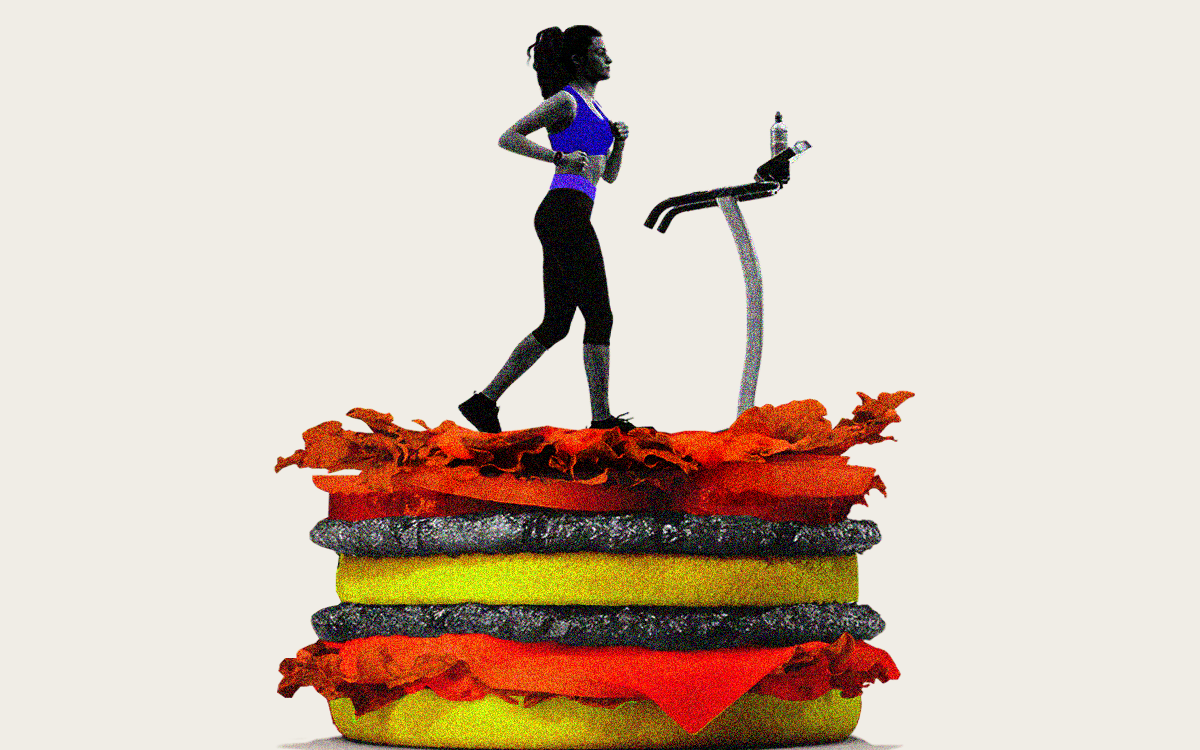
Your goals for weight loss should be based on your body weight. The best way to determine this is to weigh yourself at the present and then calculate 5% to 10% of that weight as a target. So that you don't lose weight while improving your overall health, it is important to set realistic goals. You should try to lose 20 pounds if your weight is 200. Do not lose too much weight to become underweight.
SMART goals concentrate on outcomes
SMART goals for weight loss are defined as measurable outcomes. This will help you to set SMART goals that are challenging but not overwhelming. You want to set a goal that aligns with your current priorities. This will make it easier for you to achieve. Here are some tips that will help you create SMART goals to lose weight. Continue reading for more information. SMART weight loss goals are the best way to lose weight.

The process goals will guide you to achieving your desired outcome
To help you reach your weight loss goals, set process goals. For reaching your goal weight, you can set daily, weekly or monthly goals. Healthy rewards can be offered for each goal even if they don't happen. If you've reached a certain process goal, give yourself a monthly, weekly, or daily reward. Whether it's a goal for a new diet, exercise, or exercise routine, process goals can guide you to your goal.
Measurable goals help you track progress
Having measurable goals will help you track your progress toward weight loss. If you are trying to lose 10 lbs, setting a goal to walk 10000 steps per day won't help you if your fitness tracker isn't available. You can also track your progress by keeping track of how many days it takes to reach your goals. It's crucial to set realistic goals, but it's equally important to make them achievable.
Mini-goals allow you to break down long-term goals into manageable chunks
You can set small goals to lose weight. This will help you stay focused and motivated. Whether you want to lose five pounds, lose ten pounds, or even change your entire lifestyle, breaking long-term goals into small, attainable chunks will help you stay on track and make regular progress. Mini-goals are not just for weight-loss. They can be used to achieve other goals such as passive income, reading literary masterpieces, finding a well-paying position, and so on.

You can track your progress by setting nutritional goals
Setting nutritional goals for weight reduction will help you keep track of your progress. Aim to achieve specific daily calorie targets, consult your doctor, then mark a point on your calendar. It is a great motivator to set a time limit. If you have a deadline, you will be more motivated to lose weight. You can also make changes if your goal changes. The Carb Manager allows you to easily analyze your data. You can easily see when you've reached each goal, and what you've eaten during that time.
FAQ
What should I eat during intermittent fasting to lose weight?
Cutting out carbs is the best way to lose weight. This means avoiding bread, pasta, rice and potatoes as well as other carbohydrate-based foods.
Protein will also keep you fuller for longer so try to limit how much you eat. You won't feel as hungry.
Focus on foods rich in healthy fats like olive oil, avocado, nuts and seeds. These foods keep you satisfied even after hours of eating.
You should ensure you drink plenty of water. Hydration is key to burning fat.
Sometimes you may feel compelled to eat these foods even if you're not fasting. This doesn't mean that you must give in to your cravings. If you do, you could gain more weight than you lost.
To prevent overeating, try keeping an eye on how much you consume throughout the day. Instead of reaching for another snack, sip a glass of water when you feel hungry.
It may sound counterintuitive but this has been shown to help you lose weight. A study published in Obesity found that participants ate fewer calories when they drank plain water than sugary drinks.
Consuming water plainly also helped to decrease hunger. If you want to lose weight, avoid sweetened beverages and drink water.
To lose weight, you don’t have to count calories or restrict certain foods. Instead, focus on making small changes to your lifestyle.
One way to start is by substituting your typical breakfast sandwich with a bowl of oatmeal. Or swap your afternoon cookie for a piece of fruit.
These easy changes can help you lose weight and keep your kitchen clean.
How often are people quick?
People who are on a ketogenic diet only fast once a week. But, some people fast twice per week. Others fast three times a week.
There are many lengths to fasting. Some fast for 24 hours while others fast for 48.
Some people will even travel more than 72 hours. But, such extreme cases are rare.
How to create an exercise program?
You must first create a routine. You must know what you will do each and every day, as well as how long it will take. This will help you plan ahead and prevent procrastination.
It is important to make sure you are getting plenty of variety from your exercise routine. Exercise shouldn't be boring. Otherwise, you'll lose motivation.
You also need to keep track of your progress. It is important to keep track of how much weight you have lost and gained over time.
If you start off by losing weight, it's easy to lose motivation if you don't gain any additional weight. However, it's much harder to stay motivated when you gain too much weight.
You should find a balance between weight gain and weight loss. If you are unhappy with your current situation, you will be less inclined to exercise.
Is there any side effect to intermittent fasting?
Intermittent fasting doesn't have any known side effect. But, it is possible to experience minor side effects if you plan poorly.
You might feel irritable if you skip breakfast. You might also experience headaches, dizziness, fatigue, and muscle cramps.
These symptoms are usually gone within a few days.
Statistics
- It's estimated that half of all American adults attempt to lose weight every year (1Trusted (healthline.com)
- Among women, the increase in metabolic rate was nearly 4%, or 50 more calories per day (14Trusted Source (healthline.com)
- Another study found that 24 weeks of weight training led to a 9% increase in metabolic rate among men, which equated to burning approximately 140 more calories per day. (healthline.com)
- According to Harvard Health, it's estimated that a 155-pound (70-kg) person burns roughly 112 calories per 30 minutes of weight training (5). (healthline.com)
External Links
How To
How to exercise for weight loss
One of the best ways you can lose weight is to exercise. Many people are not aware of how to properly exercise. Cardio exercises should include running, biking, swimming, walking, etc. and strength training exercises like lifting weights, pulling-ups or pushing ups, squats and lunges. The most effective way to lose weight is to combine these two types of exercises together. Begin exercising by finding friends to help you. You can go to a gym, or you can just take a walk around the neighborhood. You need to keep doing the same thing no matter what kind of activity. It's easy not to stick with a routine when you first start working out. Keep going!